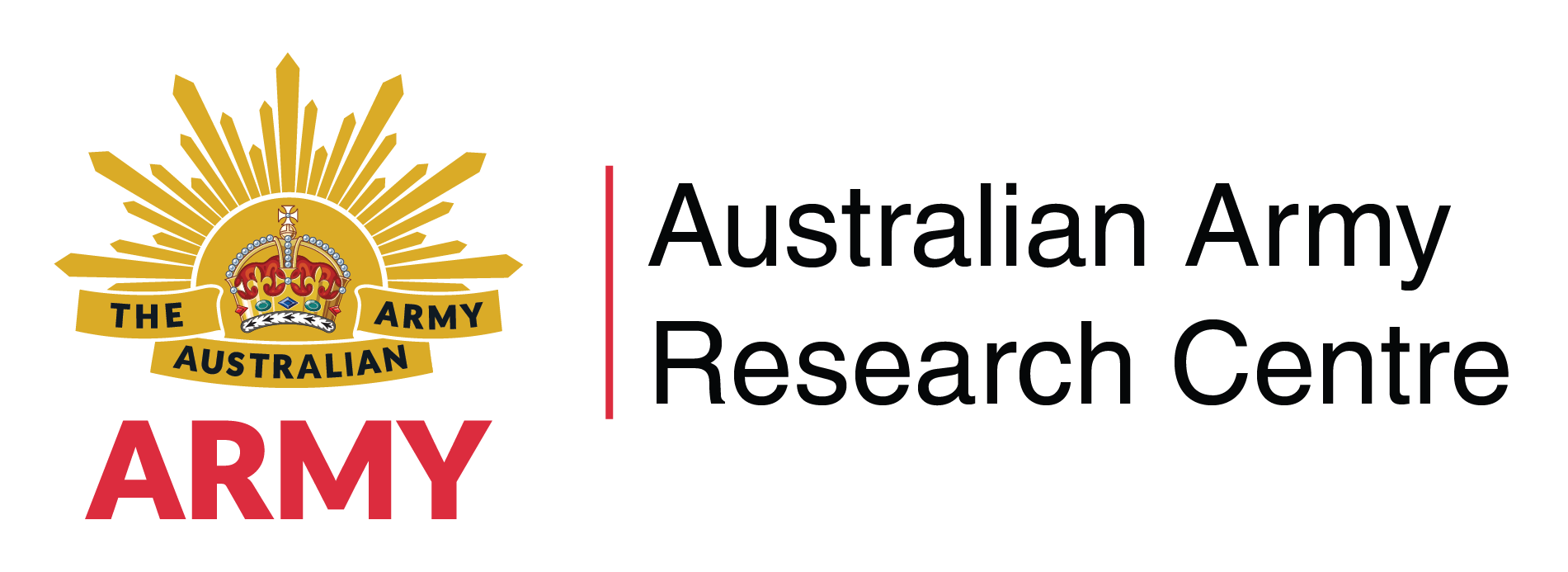Search
Using the filters to the left, click your selection, it will become bold and filter the results, click it again to remove that filter.
During the Vietnam War (1959–75), the euphemistic term ‘friendly fire' was first used to describe the infliction of casualties by the military's own forces. This paper explores this phenomenon by focusing on the Australian Army's decade-long involvement in Vietnam (1962–72). When examined historically, evidence suggests that the problem of fratricide was more prevalent than is usually acknowledged. Part of the reason that fratricide lies hidden is obvious: no military organisation readily admits that it …
Fratricide is an ever-present problem, and its effects are devastating and widespread. Like a tsunami, fratricide's influence spreads from the epicentre to engulf the victim's family and friends, the military, the broader public and the Government. At each level, the damage takes on a different form, but as the effect widens it leaves a trail of grief, trauma and eroded confidence. The second in a series of three, this study draws on the Australian Army's experience of fratricide during the Vietnam War …
The paper addresses an emerging awareness of counterinsurgency in the Australian context. This work also is cautionary; arguing that the Army and the wider Australian Defence Force (ADF) needs more careful thought on doctrine, appropriate training and associated operational ability. Reflecting on the Australian Army's heritage in the realm of counterinsurgency, it looks at emerging trends in the public discourse on the ‘war on terror' and examines how Australia's traditional allies are developing doctrine …
Western militaries are moving too slowly to adapt to the needs of future warfighting. The reality of nuclear weapons and the United States hegemony have prescribed the options for current and potential adversaries, leaving them with few viable approaches. One such is ‘complex irregular warfare', a type of war that deliberately uses an asymmetrical approach in an attempt to dislocate Western strength. Countering this approach has significant implications for Western militaries. This paper concludes that: …
This paper examines two powerful motivators in US defence policy: the pursuit of network-centric warfare and the imperatives of counterinsurgency. It explores the often noted points of incompatibility between the two, before arguing that a more productive way of understanding their interaction is to examine the ways in which the two are being hybridised in practice in the testing ground of Operation Iraqi Freedom . The paper draws on fieldwork with the US Army's 1st Cavalry Division that explores their …
Successfully conducting an offensive action remains as much the ‘gold standard' for military commanders today as it was in the days of Napoleon, Frederick or Caesar. However, how commanders actually do it has changed as dramatically as society and technology has. How to conduct offensive action successfully in today's unique technological and tactical circumstances is the focus of this working paper. The authors offer readers the benefit of their combined twenty years of study into this topic, arguing that …
Insurgency is a form of warfare as old as warfare itself, and it has gone by many names in the past: guerrilla warfare, partisan warfare, revolutionary warfare, insurrectionary warfare, irregular warfare, unconventional warfare, peoples’ war and terrorism. All have been—and are—used to describe the same broad phenomenon, though they do not all have the exact same meaning and have not necessarily been used simultaneously. Modern insurgency, closely identified in the second half of the twentieth century with …
In a 2007 presentation to the Australian Strategic Policy Institute (ASPI), General John Abizaid, former commander of the United States Central Command (CENTCOM) and commander of coalition forces in Iraq, stated that Iraqi insurgents were threatening the humanitarian ‘neutral space'. He indicated that insurgents and terrorists were increasingly targeting humanitarian aid workers in an attempt to polarise participants in the conflict. The pressures on the neutral, or humanitarian space, however, do not only …
Private military companies (PMC) form an increasingly prominent element of military operations. PMC provide a range of services including catering, logistics, administration, training, intelligence, aviation, close personal protection, keypoint security and convoy security. Some PMC also possess the capability to undertake offensive combat operations. Like other Coalition forces engaged in the Global War on Terrorism, the Australian Defence Force is increasingly reliant on PMC for support during …
Army Insights Papers produced by the War Research Centre, as part of the Army Research Papers series, comprise topics of special or immediate interest to the Australian Army and international military community. These are vehicles for offering lessons learned, and providing insights on military strategy, future land operating environments and complex military modernisation. Insights Papers are intended to provide an opportunity for debate, further research and organisational change. Recent operational …

